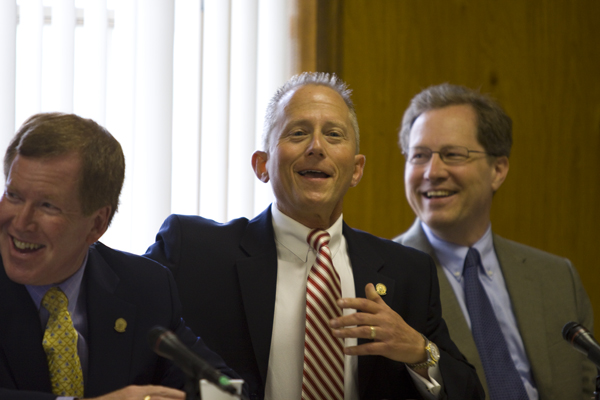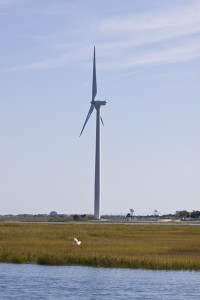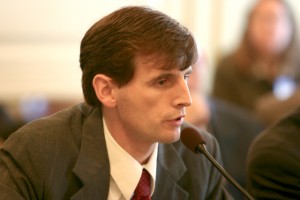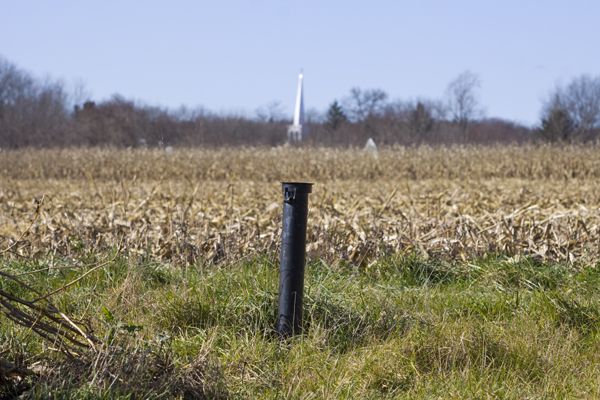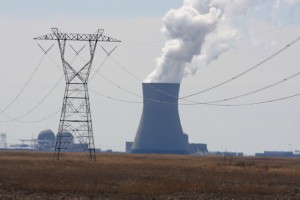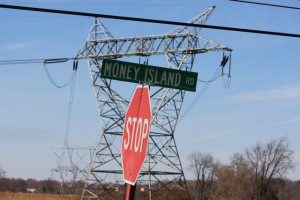[12/5/09 update: Mixed reviews for Christie environmental group
Yesterday, we were disappointed but not surprised by the NJ Environmental Federation’s press remarks. NJEF joined the chemical industry, NJ Builders Association, and business groups in supporting Governor elect Chris Christie’s controversial proposed moratorium on state regulations and state mandates.
Dave Pringle of NJEF seems to fail to understand the difference between refraining from criticizing Christie, versus supporting his policy. Guess Dave will have to learn the hard way – and do some thinking on where his loyalties lie. Credibility is at stake as well, because the policies Christie has already announced have long been condemned by NJEF when implemented by Christie Whitman and prior Governors.
We assumed that this rancid political cover was a result of the NJEF endorsement of Christie.
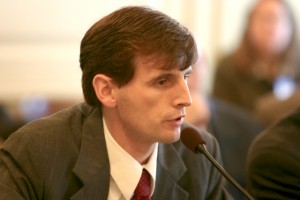
Dave Pringle – token enviro on Christie transition team
But today we learn things are both more complex and corrupt – Dave Pringle of NJEF was named as the token enviro on the Christie “Environmental Protection” transition team. Previously, we wrote about the lack of balance and environmental representation on the original Transition Team announced by Christie (see: “Christie Transition Team – MIA on the Environment”)
No wonder Pringle provided cover on the regulatory moratorium – the transition team appointment was the reward for the endorsement. Of course Dave couldn’t be expected to tell the inconvenient truth about his new boss or get out front of his new corporate pals on the “team” .
The environmental committee is chaired by Marcia Karrow, who we described last week here:
Christie, by the way, just announced that Marcia Karrow, a Hunterdon County legislator and vigorous opponent of the Highlands Act and DEP regulations, will chair the transition team’s environment subcommittee.
(see this for an example of Karrow’s style and take a look at some of the bills she sponsored: 1) an overt attempt to gut DEP rulemaking or 2) this radical property rights bill or 3) the Polluters Defense Act) or 4) this all out attack on the Highlands Act, the Council and DEP regulations: 0r 5) repeal of core elements of the Highlands Act and DEP water regulations; or 6) farmers water giveaway (and I left out lots of other crazy right wing stuff, like mandating English as the “official†state language (I wonder how environmental justice advocates feel about that), restoring the death penalty, expanding gun rights, radical property rights, attacks on urban NJ and public employees, and promotion of the dysfunctional California minority rule.)
So, meet the Christie environmental transition team – we must note one error: I worked with John Trela while he was at DEP and he was never DEP Commissioner. I worked with John Spinello while he was at DEP (before he went to EPA with Christie Whitman) – he is highly competent, but has been known to be an “environmental hitman“. I worked with Rhea Brekke while she was at DEP and will be kind and just say I am not impressed. Anthony Mauro has right wing tendencies – he accused NJ environmental groups of “providing cover for eco-terrorists“. See this blog post and exchange I had with Mr. Mauro.
We will be writing more about the backgrounds of each member in subsequent updates – I’ve provided quick Google links below to corporations (warning: these are not confirmed). My initial take is that this looks like a high powered corporate anti-environmental group.
Environmental Protection
Chair, The Honorable Marcia Karrow
Former State Senator, 23rd District
John Abene President,
Delphi Energy
Peter deNeufville
Chairman, Voltaix, L.L.C.
Anthony Mauro, Sr.
Chairman, New Jersey Outdoor Alliance
David Pringle Campaign Director,
New Jersey Environmental Federation
Steve Santola, Esq.
Executive Vice President/General Counsel, Woodmont Properties
John Spinello, Jr., Esq.
Former Associate General Counsel, U.S. Environmental Protection Agency
Edward Walsh
President, The Walsh Company
Anthony Slimowicz
Director, WCD Capital Partners, LLC
John Trela, Ph.D.
Former Commissioner, Department of Environmental Protection
Rhea Brekke
Executive Director, New Jersey Corporation for Advanced Technology
Tony Monteiro
CEO, Dynamic Insurance Inc.
John Sartor
Exectuvie (sic) Vice President, Paulus, Sokolowski & Sartor, LLC
Joseph Riggs
Group President, K. Hovnanian Homes
Bruce Katcher, Esq.
Partner, Manko Gold Katcher & Fox LLP



